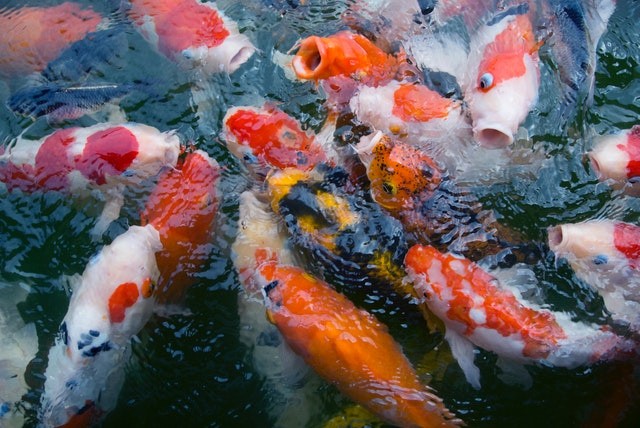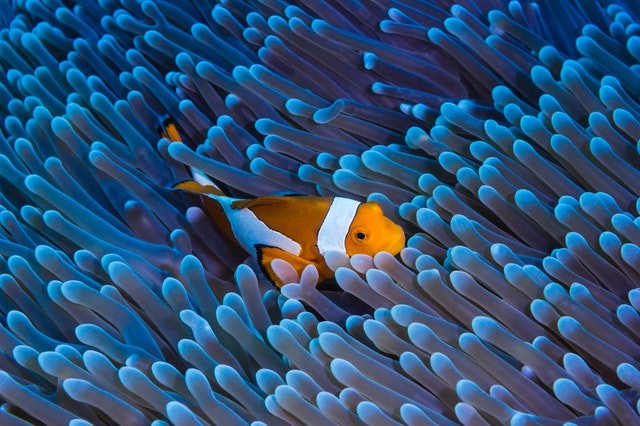The feisty fairy wrasses turned to a neon kaleidoscope all thanks to a coral reef "species pump." Fairy wrasses are swimming jewels, dancing, and flouncing around coral reefs.
The finger-length fishes' arrogant, vibrant courtship exhibitions are meant for mates and competitors, and a recent study proposes that the gentle waxing and waning of ice sheets glaciers and ice sheets may be partially accountable for such a variety of performances.

Colorful Reef Fishes
Scientists reported on the 23rd of February in Systematic Biology that a recent genetic analysis of over three dozen fairy wrasse species details the approximately 12 million years of evolution that created their wide assortment of colors, shapes, and behaviors. And the schedule of these transformations means that over 60 species of fairy wrasses may owe their great diversity to cyclic sea-level alteration over the previous few millions of years.
Within the dizzying gathering of colorful reef fishes, fairy wrasses (Cirrhilabrus) has no choice but to stand out. Yi-Kai Tea, an ichthyologist at the University of Sydney said that in the ocean, they are the most species-rich genus in the second most species-rich fish family in the ocean.
Yi-Kai said: " It is quite a bit of biodiversity", who notes that new fairy wrasse species are recognized each year.
The Evolutionary Tree
In spite of this taxonomic footprint, Yi-Kai said, researchers knew "next to nothing" regarding the fairy wrasses' evolutionary past or why there were plenty of species.
To occupy this knowledge gap, Yi-Kai and his colleagues approach the fishes' genetics, collecting DNA from 39 different fairy wrasse species. Many first genetic studies on ocean animals in the area had their mind on a handful of genes in single species, but Yi-Kai and his team made use of a method that secluded almost 1,000 genes from several species at once.
Making a comparison of DNA across species, the scientists reconstructed an evolutionary tree, displaying how the dozens of fairy wrasse species are interconnected. The team also evaluated how long ago these species separate from one another.

Coral Triangle
The scientists discovered that fairy wrasses disunited from other wrasses around 12 million years ago in the Miocene Epoch. But several fairy wrasse species appeared only about 1 million to 3 million years ago, in the Pleistocene and late Pliocene Epochs.
Fairy wrasses emerge to have initially evolved in the Coral Triangle, a region of extraordinarily increase coral reef biodiversity in the western Pacific Ocean. From there, the fishes erupted into many gaudy forms, distributing as far as the coast of East Africa to French Polynesia, a geographical radius of some 17,000 kilometers. Yi-Kai and his colleagues think the schedule of this speedy evolution is attached directly to the geologic history of the region.
The Indo-Australian Archipelago stays at the convergence of the Indian and Pacific Ocean basins - presently, a splashing of islands strung between Asia and Australia. Yi-Kai reports this boundary as a "soft barrier," with the spaces between islands sometimes allowing seafaring species to move through to the close ocean realm.
For more news, updates about fishes and similar topics don't forget to follow Nature World News!
© 2026 NatureWorldNews.com All rights reserved. Do not reproduce without permission.





